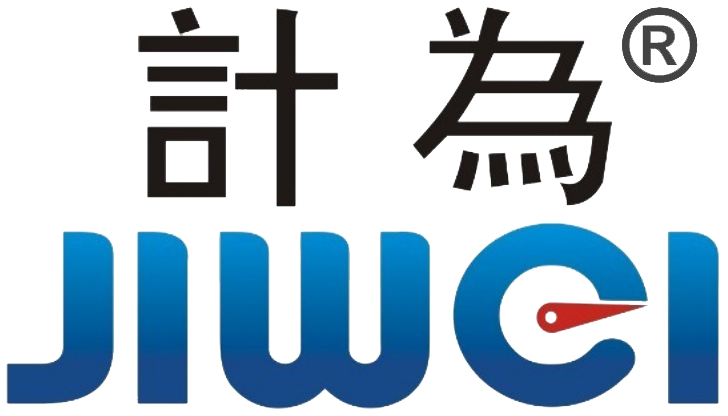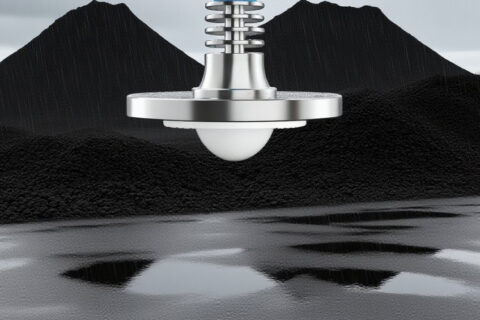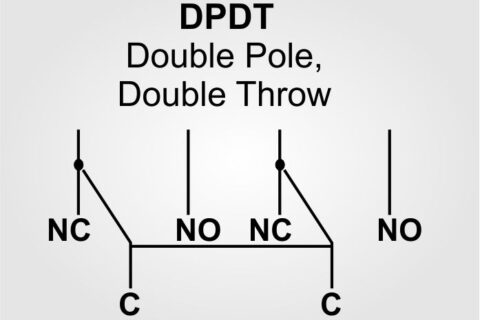-
2‑Wire vs 4‑Wire Wiring in Instrumentation
Understand the key differences between 2‑wire and 4‑wire wiring in instrumentation. Learn how to choose based on power, accuracy, and wiring.
-
Top Radar Level Meter Manufacturers in China
Jiwei Automations delivers 80GHz Radar Level Meter, global support, fast delivery, and reliable performance—trusted by Tesla and BYD.
-
How Radar Level Meters Prevent Liquid Level Control Chain Reactions
Liquid level failure causes cascading shutdowns. Discover how radar level meters ensure reliable control and prevent costly system breakdowns.
-
Don’t Settle for Less: How DPDT Relays Enhance Industrial Control
SPST vs. DPDT relay contacts: Key differences and Ring-11 tuning fork level switch advantages with DPDT output.
-
Comprehensive Guide to Radar Level Meter Fault Diagnosis and Solutions
Jiwei 80GHz radar level meter ensures precise, stable liquid level measurement with zero dead zone and strong foam resistance.
-
Common Radar Level Meter Failures and Troubleshooting Solutions
Discover common radar level meter issues and practical solutions to ensure stable and accurate level measurement.
-
What is the Working Principle of Radar Level Meters?
Discover radar level meters’ working principle and why Jiwei JWrada® 80GHz leads in accuracy and reliability.
-
Best Liquid Level Meter and Level Switch Supplier in Turkey
Reliable liquid level meters and switches in Turkey. Jiwei Automations offers SIL-certified, patented products with fast support and customization options.
-
Accurate Measurement of Piezoelectric Ceramic Capacitance in Liquid Level Switches
Discover how accurate piezoelectric ceramic capacitance measurement improves the performance of liquid level switches. Jiwei Automations ensures precision and reliability through LCR bridge testing and dual-ceramic design.
-
Elevating Quality and Durability: Chipless Tap Technology for Advanced Level Switches
Jiwei Automation’s chipless tap technology delivers chip-free, strong threads for reliable, accurate, and durable tuning fork level switches in industrial automation.










